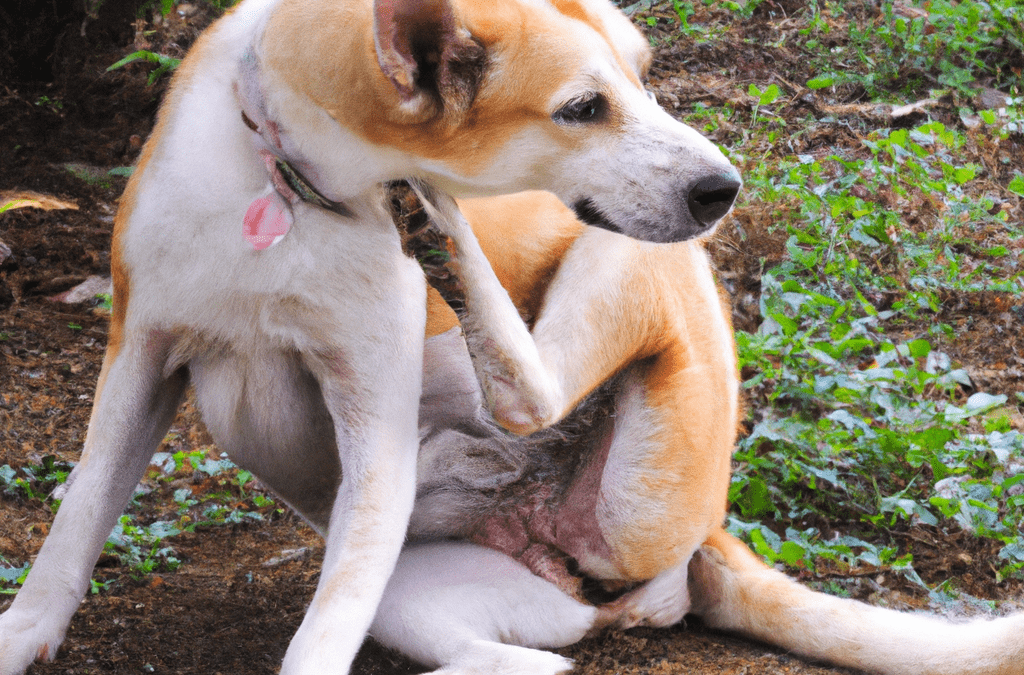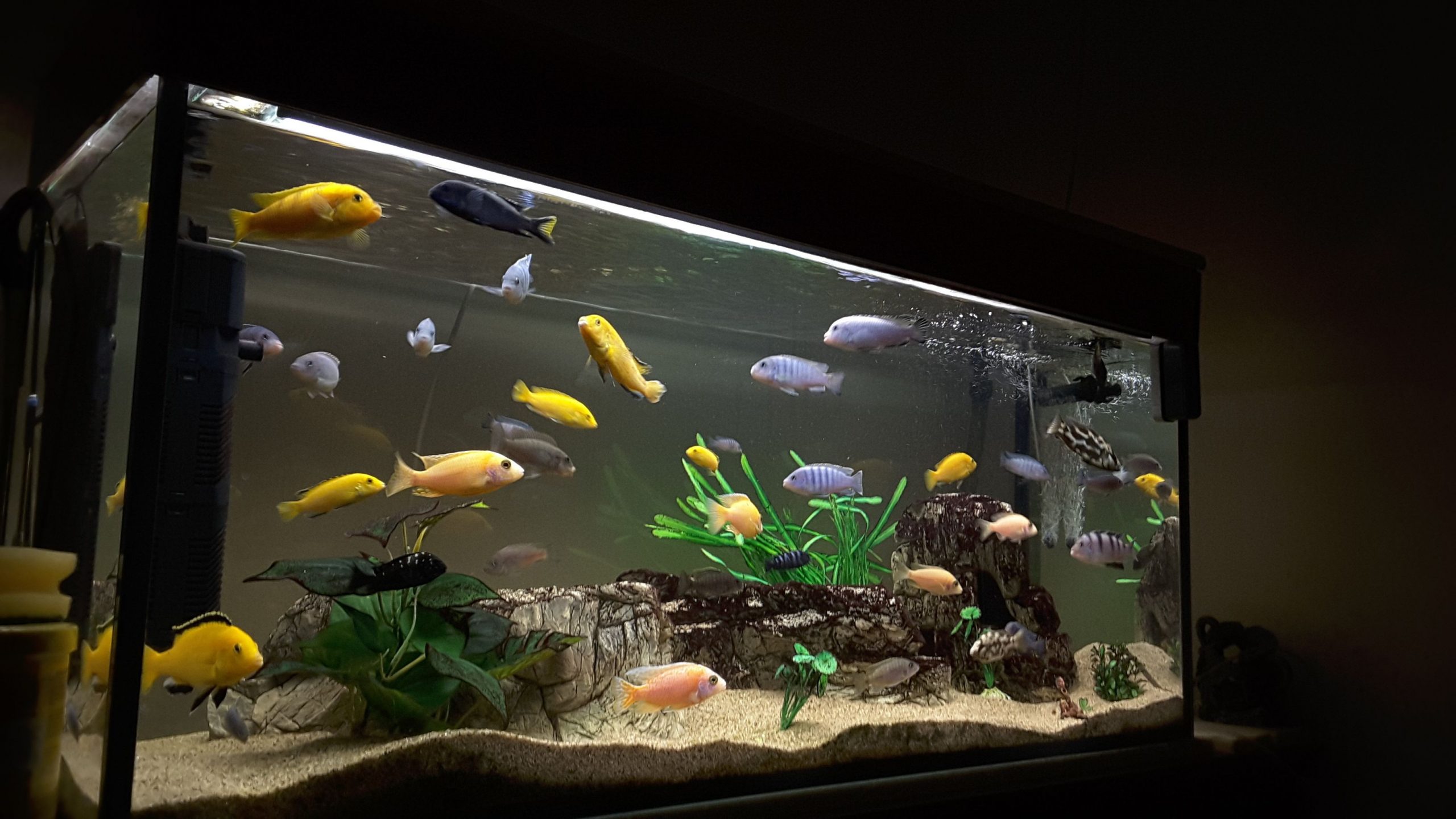How To Get Rid of Fleas on Your Pet
When it comes to our furry friends, we want nothing but the best for them. But what happens when they become a host to those pesky fleas? Not only are fleas an annoyance, but they can also transmit diseases and cause anemia in our beloved pets. Therefore, it is crucial to take immediate action and get rid of these pesky pests as soon as possible. Our carpet cleaning services on the Wirral can remove all fleas from your furniture and carpets. 0151 909 6251.

With countless products on the market claiming to be effective against fleas, it can be overwhelming to choose the right one for your pet. However, it is vital to select a product that is not only safe for your furry friend but also works effectively in eliminating fleas. Some products, such as spot-on treatments, can be toxic to pets if used incorrectly. This article will guide you through the steps to effectively and safely get rid of fleas on your pet.
The most effective way to combat fleas is to use a combination of products. Start by using a flea shampoo specifically designed for pets. Flea shampoos contain active ingredients that kill fleas on contact while also soothing your pet’s skin. It is essential to thoroughly lather your pet’s coat and leave the shampoo on for the recommended duration to ensure maximum effectiveness.
Once you have rinsed off the shampoo, it is time to apply flea powder. Flea powders work by dehydrating the fleas and their eggs, effectively killing them. Make sure to apply the flea powder evenly throughout your pet’s coat, paying extra attention to areas where fleas tend to hide, such as the neck, back, and tail. Brush your pet’s coat to distribute the powder evenly and further aid in eliminating the fleas.
In addition to shampoo and powder, flea collars are another effective method to keep fleas at bay. Flea collars emit a gas that repels fleas and prevents them from attaching themselves to your pet. Ensure that the flea collar is properly fitted and try to leave a two-finger gap between the collar and your pet’s neck. This will allow for comfort and prevent any irritation caused by the collar.
While the aforementioned steps will help in treating the adult fleas, it is vital to tackle the root cause of the problem by eliminating their eggs as well. Medication, such as oral or topical treatments, are effective in killing both adult fleas and their eggs. These medications work by disrupting the flea life cycle, preventing any future infestations. Consult with your veterinarian to determine the best medication for your pet based on their age, weight, and overall health.
Alongside these treatment methods, it is crucial to regularly clean and maintain your pet’s environment. Fleas can survive in carpets, bedding, and furniture, further infesting your pet. Wash your pet’s bedding in hot water and vacuum your house thoroughly, paying special attention to areas frequented by your furry friend. Utilizing flea sprays or foggers can also aid in eliminating any lingering fleas in your home.
Prevention is always better than cure. To prevent future flea infestations, consider implementing preventive measures, such as regular grooming and flea control products. Regular grooming includes brushing your pet’s coat to remove any fleas or eggs and keeping their environment clean. Flea control products, such as monthly spot-on treatments or oral medications, are highly effective in preventing flea infestations.
In conclusion, getting rid of fleas on your pet requires a multi-faceted approach. By combining flea shampoo, flea powder, flea collars, and medication, you can effectively eliminate fleas and their eggs. Remember to consult with your veterinarian for the most suitable products for your pet. Regular cleaning and preventive measures are also crucial in maintaining a flea-free environment for your furry friend. With these steps, you can ensure the health and well-being of your pet, free from the annoyance and danger of fleas.

Emily’s passion for small critters knows no bounds. She’s your guide to the wonderful world of hamsters, guinea pigs, and all things pocket-sized.









